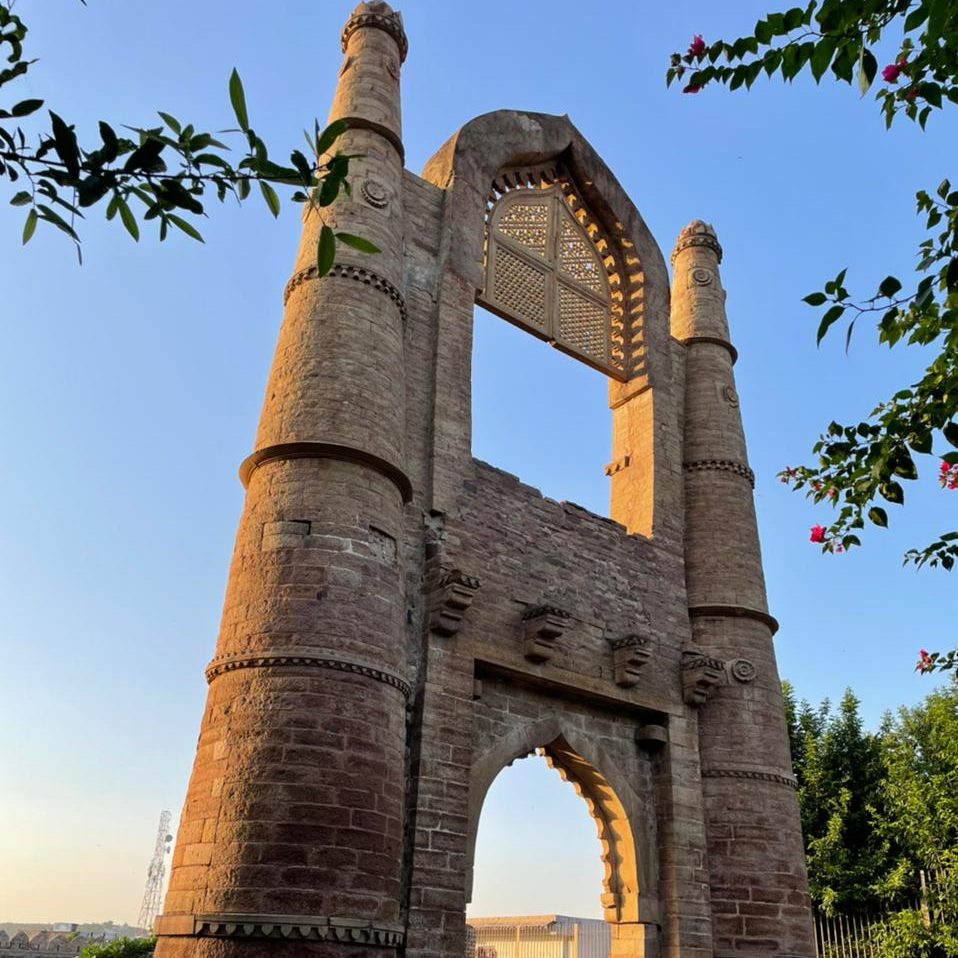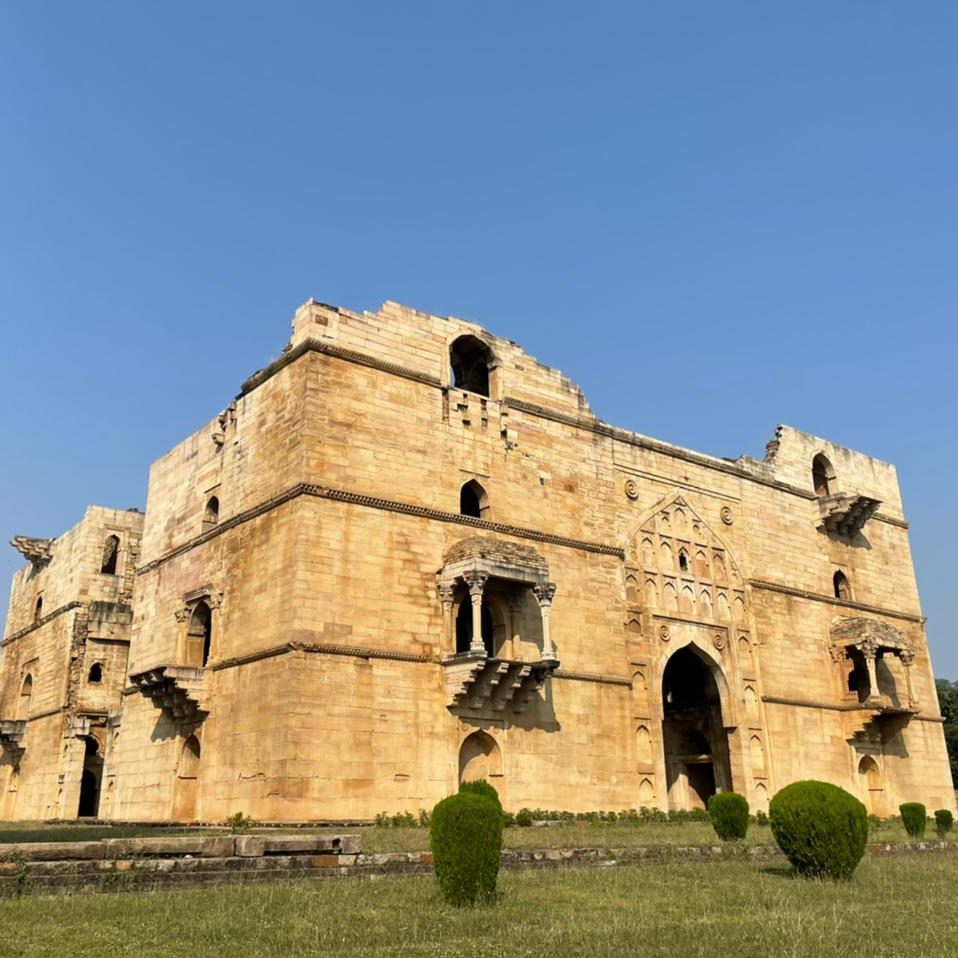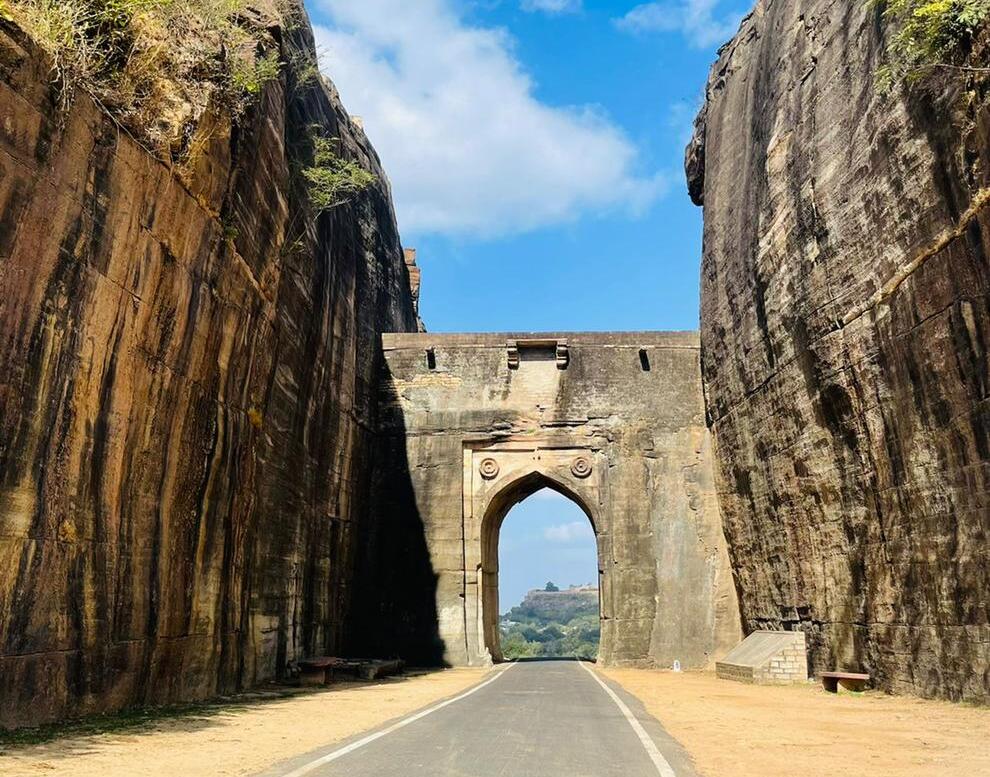
Chanderi – Beyond its Sarees
A guide, historian and collector of old books from Madhya Pradesh’s Chanderi region sheds light on an ancient, forgotten trade route once traversed by famous travellers like Ibn Battuta.
Story by: Muzaffar Ansari
Read the original story in Hindi and Urdu
As a child I was always fascinated with history, especially of my region, Chanderi. With limited access to books, I would sit with the elders in the village and they would tell me stories of their ancestors. Isn’t that the purest form of storytelling?
The pages of history tell us how important the trade routes used to be in ancient India. Today most of our knowledge comes from recorded or written history. However, the story that I am telling here comes from the elders. This is an attempt to record what I have learnt from my ancestors and the elders in the village.
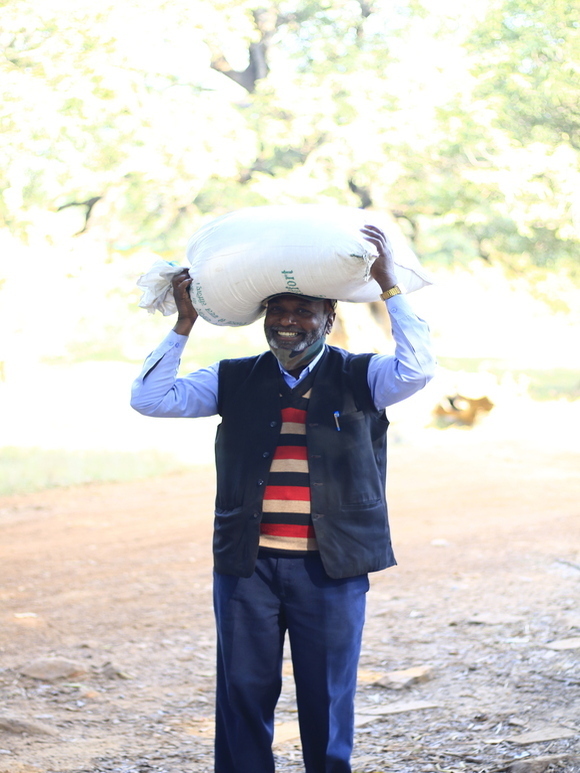
I actually have a long personal history from Chanderi. I was born and brought up here, my family has been living in Chanderi for generations. My interest in history prompted me to become a guide to all the tourists who would visit Chanderi. As more people came to me, I thought I should learn more about Madhya Pradesh, not just Chanderi. Now I go on tours with foreigners all over Madhya Pradesh, showing them around heritage structures and telling them the stories behind them.
-
Heritage site frequently visited by Kalle Bhai as a tour guide. Photo: Muzaffar Ansari
-
Unfortunately for the last two years tourism has been down because of the pandemic. I also tested positive during the second wave of COVID-19. In the ICU of the hospital at which I was admitted, out of four of us, three passed away. Following the directions of the doctor: “Medicines will stop working if you start losing hope”, I held on to a loose thread of hope. I returned home after nine days and started guiding people from my town about hospitalization and treating the sick. One lesson that has stayed with me after this experience is that the ones who show courage and wisdom during tough times are always well prepared to face any challenges and also better equipped to extend support to others. The change in the global situation might have limited real-time story telling. However, this mode of storytelling is what still survives. So here are a few of my words for you.
During the Mughal period, one of the important trade routes connected Delhi, Mathura, Agra, Dholpur, Gwalior, Narwar, Chanderi, then Pachar and Malwa, reaching Sironj and going towards Ujjain. This was one of the main routes of India. While many famous travellerss passed through this route in the 14th and 15th century, Ibn Battuta is a prominent one.
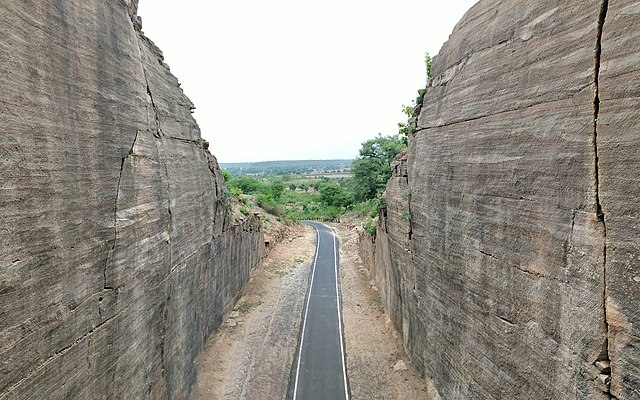
However, when the first Mughal rulers laid the foundation of their Sultanate, they targeted four cities and one among them was Chanderi. This city was located on the north-south trade route of India. It was a rich city that had been plundered several times during different eras in history. When Alauddin Khilji mounted his campaign on Bundelkhand and Malwa, and heard about the wealth in Chanderi, he wrote a letter to Jalaluddin Khilji asking for permission to increase his and the Sultanate’s income by plundering Chanderi and the wealthy kings around it.
Today, we are talking about that famous trade route which goes from Delhi to Bundelkhand and then from Chanderi to Malwa. In addition to Chanderi, this route connected other famous trading towns like Sironj, Vidisha, Ujjain, Dhara city and then it continued south.
Chanderi is surrounded by picturesque valleys and forests of Vindhyachal mountains from all sides. When merchants from the north traveled to Bundelkhand and Malwa, they would take a breath of relief upon arriving in Chanderi for the night. However, when they moved from Chanderi to Malwa, they had to go through forests and often became victims of robbery. Distressed, the merchants created a second route to reach Ujjain from Chanderi via Piprai Sironj instead of going towards Pachar. This route was a little safer but additional measures were needed for safety. Then, eight miles from Chanderi, on the banks of the Belan river, the Sahrai Padao was built. This is where the merchants could rest for the night before leaving for Piprai in the morning. Although the population of Chanderi is just 175,000, it had 384 markets and 300 rest-stops for travellers where merchants would come and stay and conduct trade. What was so special in this region that travellers wanted?
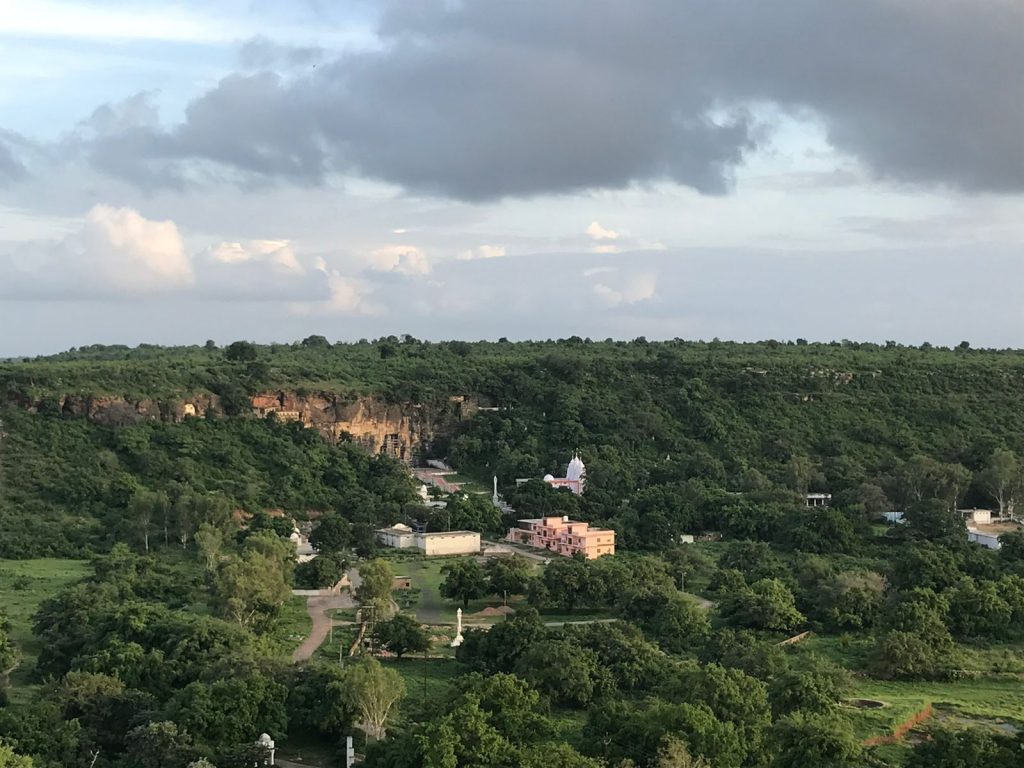
Chanderi and Sironj were famous for hand-made clothes (Chanderi is still famous in the whole country). While Sironj produced coarser cloth, Chanderi has been famous for expensive clothing woven with gold and silk threads. Many types of domestic animal fairs were organised, for which the merchants used to come from the nearby areas. When Emperor Akbar made Chanderi the seat of the government in Malwa province, it rose to greater prominence.
At that time, many neighbouring towns set up their warehouses for trade from nearby areas like the markets of Baran, Manohar Thana, Ganj Basoda, Pachhat, Tuman, Vidisha, Bairasia, Sironj, Piprai, Guna, and Korbai. The revenues generated in Chanderi proved to be of great help to the Mughal rule. They also benefited from additional revenues due to the income from the surrounding dense forests. Apart from herbs, herds of wild elephants were found here; sometimes Mughal emperor Akbar used to come to hunt them and use them in his army. Even today there is a family famous by the name of Hathishah whose ancestors used to be involved in the business of elephants. In fact I am friends with many members of that family as well. Even today there is a big business of herbs in Chanderi. In the museum at Gwalior, mummies of tigers and clothes made of gold and silver are on display.

This trade route of the 13/14th century came to an end when this whole area came into the hands of the British and they set up alternate trade routes. Since then, the seven hundred year old route of Bundelkhand and Malwa has been lost in the pages of history. This trade route was well known during the reign of Akbar, but lately even the historians seem to have forgotten about it. Although such trade routes stand out of context in the current scenario, similar to the trade route between Patliputa and Ujjain being recognized with a sign board, my wish is that through this historical anecdote, the readers, historians and tourists acknowledge the role of Chanderi beyond its sarees.
Meet the storyteller




